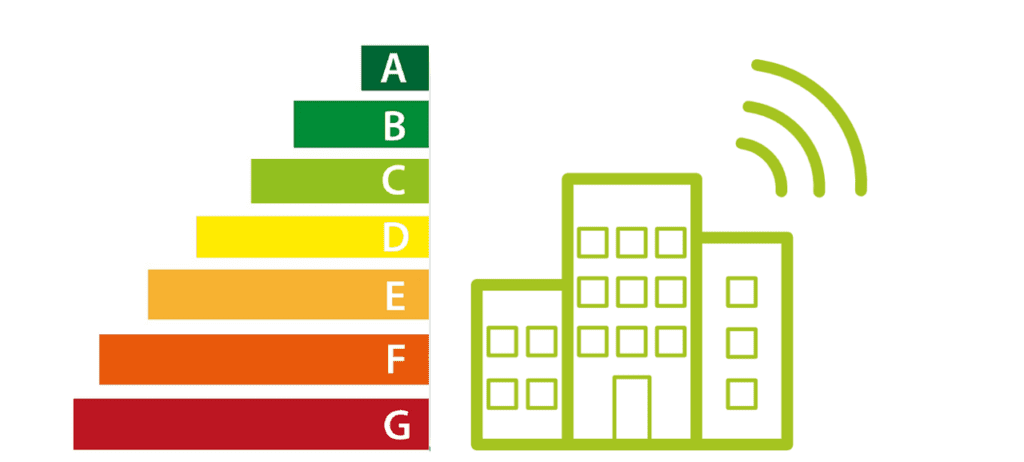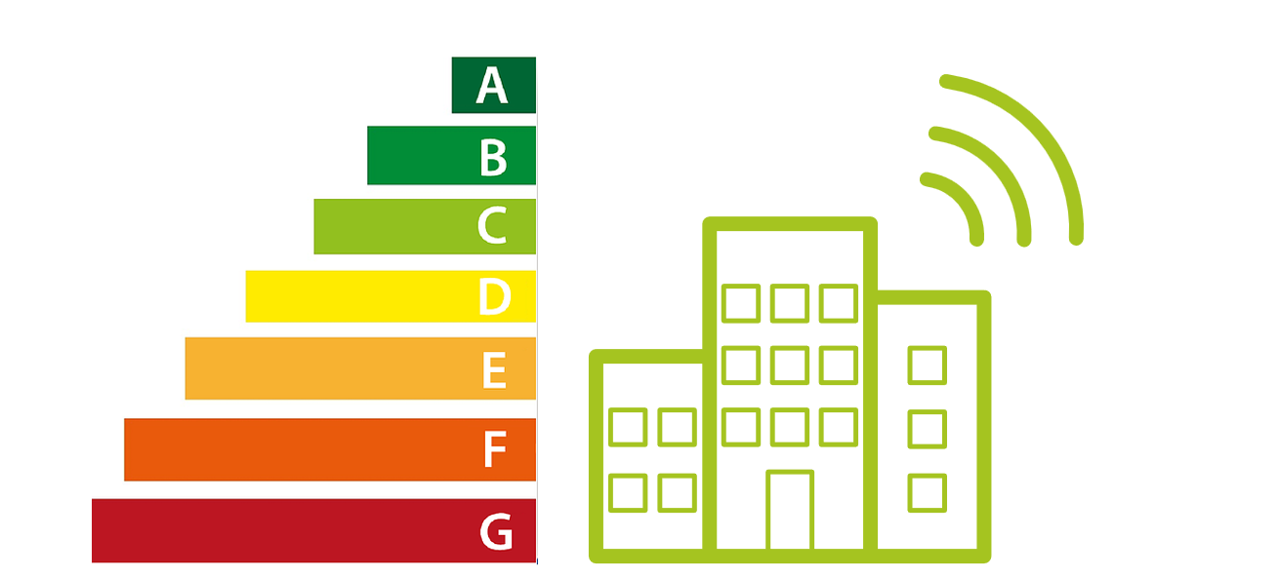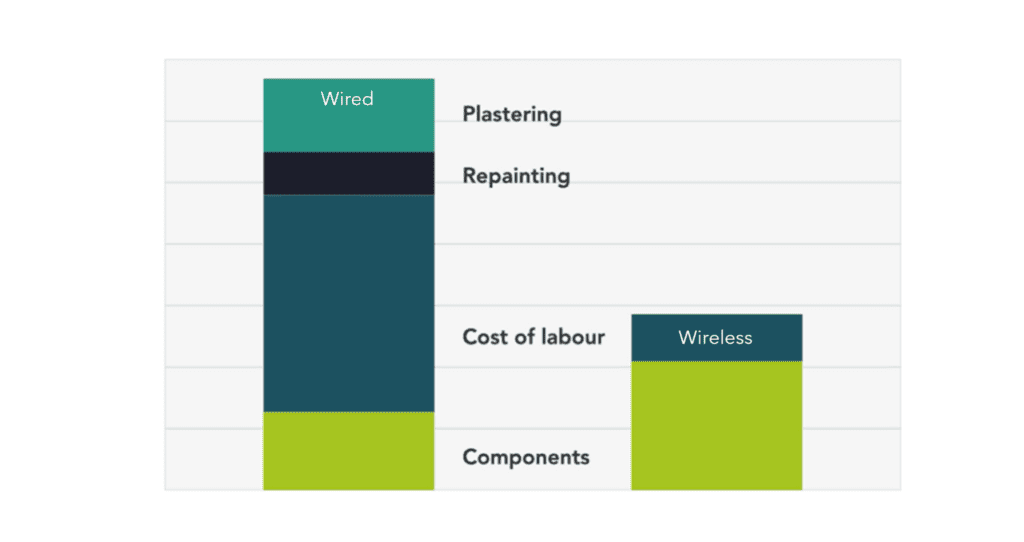EPBD and CSRD compliance - how wireless retrofits are making all the difference
The CSRD and EPBD are reshaping how building owners are approaching energy efficiency. With the EPBD mandating energy renovations for millions of buildings by 2027 and 2030, the industry needs to adopt innovative solutions that minimize costs and maximize energy efficiency.
For the retrofitting of building automation systems, wireless technology is proving to be one of the most effective answers, delivering unparalleled savings and flexibility.
This article first takes a look at what sort of demands these regulations are placing on building owners and then turns to how they can be addressed with smart solutions for wireless control.
CSRD and EPBD are driving the need for building retrofits in the EU
In the European Union, there are two major directives which are acting as a catalyst for building automation upgrades in commercial buildings: the Corporate Sustainability Reporting Directive (CSRD) and the Energy Performance of Buildings Directive (EPBD).
These are both key components of the EU’s broader sustainability framework, designed to achieve its Green Deal objectives, including carbon neutrality by 2050.
What is the Corporate Sustainability Reporting Directive (CSRD)?
The CSRD is a regulation introduced by the European Union to enhance and standardize sustainability reporting across companies operating in or doing significant business within the EU.
It requires companies to report on their environmental impact, including energy use, carbon emissions and climate risks.
What is the Energy Performance of Buildings Directive (EPBD)?
The EPBD targets improving the energy performance of buildings in the EU. Buildings account for about 40% of the EU’s energy consumption and around 36% of its greenhouse gas emissions. Furthermore, according to the EPBD’s own web page, “85% of EU buildings were built before 2000 and amongst those, 75% have a poor energy performance”.
As a result, the revised EPBD, which entered into force on May 28, 2024, aims to increase the rate of renovation, particularly for the worst-performing buildings in each EU member country.
Under the EPBD, companies that own or operate buildings are required to improve the energy efficiency of those assets, such as by retrofitting, using renewable energy, or implementing smart technologies. As a result, property owners are having to plan for these changes to remain compliant and contribute to the EU’s climate neutrality goals.
Timeline for retrofitting
For public and non-residential buildings, the EPBD stipulates two major deadlines for renovations. By 2027 they will have to have reached an energy performance level of at least F – and by 2030 a minimum of level E.
These levels – known as Minimum Energy Performance Standards (MEPS) – are a system to require the renovation of the worst performing buildings, namely those in classes G and F.
The G rating corresponds to the 15% worst performing buildings in each country, with the remaining buildings in the country distributed proportionately among the other classes between G and A. Level A corresponds to zero-emission buildings.

Why retrofitting with wireless control is the smart move
Wireless alternatives to cabled protocols like DALI, Modbus and BACnet enable more intelligent lighting and HVAC systems. By combining the power of building automation with wireless technology, facility managers increase control, optimize energy efficiency and improve occupant comfort.
Here are the three main reasons why wireless retrofitting is a better option than a wired installation.
1. Cost-effective installation
- No major construction needed: Wireless systems eliminate the need for extensive rewiring, which can be costly and disruptive.
- Lower labor costs: Installation is faster and simpler, reducing downtime and labor expenses.
Retrofitting building automation systems wirelessly generates a substantial reduction in installation costs and complexity. Traditional wired systems often require extensive cabling, which can be both labor-intensive and disruptive, especially in occupied spaces.
In contrast, wireless solutions eliminate the need for new wiring, simplifying the installation process and reducing labor costs. This streamlined approach not only accelerates project timelines but also allows business to continue as usual for the occupants.
2. Flexibility and scalability
- Easily adaptable: Wireless systems can be easily added to or reconfigured, making them ideal for evolving building layouts or tenant needs.
- Retrofit-friendly: Wireless control is suitable for buildings where traditional wired systems are impractical or expensive to install, such as older or heritage buildings.
Wireless control for building automation offers enhanced scalability and adaptability. As building layouts or usage patterns change, wireless control can be easily reconfigured to meet new requirements without the need for additional cabling. This adaptability ensures that the building automation system remains future-proof, capable of accommodating technological advancements and evolving user needs.
The flexibility offered by wireless control is also particularly beneficial for retrofitting projects. In historical or heritage buildings, where preserving architectural integrity is paramount, installing new wiring can be invasive and often prohibited.

Wireless solutions provide a non-invasive alternative, allowing for modernization without compromising the building’s structure or aesthetics. This approach not only conserves the historical value of such properties but also brings them up to modern energy-efficiency standards.
3. Increased property value
- Energy-efficient buildings with advanced controls are more attractive to buyers and tenants.
Looking at the benefits of wireless lighting control, smart lighting reduces energy consumption by adjusting brightness based on occupancy and daylight. This lowers utility costs and improves sustainability. For occupants, better lighting quality, automated settings and personalized controls improve comfort and productivity.
All these factors contribute to higher demand, better leasing potential and increased resale value.

Conclusion
The CSRD and EPBD are reshaping how building owners are approaching energy efficiency. Retrofitting buildings with wireless control is not only a practical and cost-effective solution but also a forward-looking strategy to meet sustainability targets and improve the value of a property.




